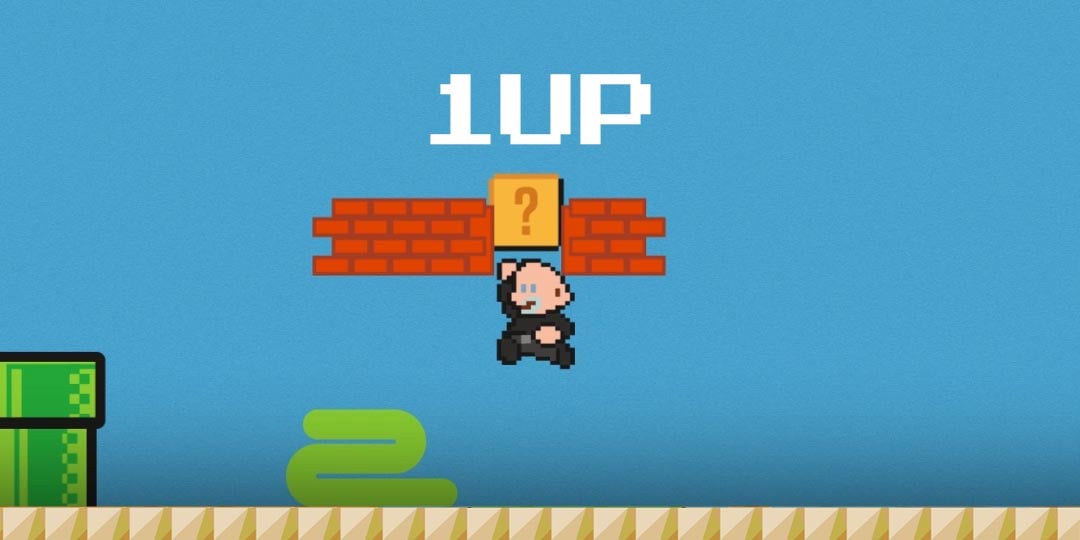Many salespeople score poorly because the client doesn’t find their conversation valuable. Your prospective client will measure the value of your conversation, and if they find it lacking, they will look for someone who provides them with something more.
The following seven value creation strategies will help you ensure your prospective client finds value in your conversation, enhancing client value creation throughout the process.
Value Creation Strategy 1: Being One-Up
Your contacts are facing critical decisions to improve some important result, but they probably haven’t faced this situation often, if ever. As a salesperson who works every day with clients in similar positions, you can be One-Up, meaning you have greater knowledge and experience regarding the decisions your contacts must make. In order to create value in the sales conversation, you need to be One-Up. When you are in a One-Up position, your contacts are One-Down because they don’t have anywhere near your level of understanding when it comes to making their decision. This information disparity allows you to help your clients. Your contacts are smart people, but they lack the information they need to produce new or better results.

When a salesperson is One-Down, they cannot help their clients acquire new information because they are on the wrong side of the information disparity. It’s impossible to teach something valuable to someone who already knows everything that you do.
Being One-Up is the foundational strategy to value creation. The other tactics described here build on it. The One-Down salesperson will struggle with value creation, even if they deploy other powerful strategies.
If you are not One-Up, or you want to improve your ability to create value, pick up a copy of Elite Sales Strategies: A Guide to Being One-Up, Creating Value, and Becoming Truly Consultative.
Value Creation Strategy 2: Providing the Executive Briefing
Over two decades ago, I was having trouble helping a client decide to change. After several failed attempts, I provided them with information to compel them to do something different. The document was composed of about 100 slides that, among other things, provided context, described trends, outlined alternatives, and highlighted the risks of continuing in the status quo. My client had grown up in the military and thanked me for the briefing, a term that I adopted. The overwhelming data points changed his mind, and his organization took my advice, improving both of our results.

By starting a first meeting with an executive briefing, you accomplish several important outcomes that establish you as One-Up. First, you position yourself as an expert and an authority. Second, you prove that you have relevant information and an informed perspective. By providing a briefing, you begin transferring your knowledge and experience to your contacts. You are creating value from the very start of the conversation and your relationship.
Value Creation Strategy 3: Explaining Implications
Much of the time, your contacts are head down, doing their work, rarely looking outside their windows to see what is changing. They fail to notice forces that have implications that cause them to struggle to produce the outcomes they need. The executive briefing is an excellent place to describe these factors.

If your client was producing the results they need, they would not need to change., but improvement requires change. Explaining implications shows the client why they struggle—and what they will need to do differently. It also creates value for them in your conversation.
Value Creation Strategy 4: Facilitating the Buyer's Journey
When a person is called to make a decision they rarely face, they are likely to postpone it, or to make one while being uninformed. An uninformed decision often leads to buyer's remorse because the result cannot provide the expected improvement—and it can even make things worse.

In The Lost Art of Closing: Winning the 10 Commitments That Drive Sales, you will find 10 commitments and conversations that allow you to facilitate the buyer's journey for your client. Drawing on your experience, you create value by helping your client engage in the conversations that will ensure a good decision.
Value Creation Strategy 5: Learning What You Need to Know to Provide Help
Part of being One-Up means recognizing when you are One-Down. When it comes to the industry landscape and making strategic decisions, your client may be One-Down, but they are One-Up when it comes to their business.

When a client sees that you are listening to them and taking careful notes, they sense that you believe what they say is important. One way you create value is by learning what your client needs you to know to be able to help them. Demonstrating that you care—and working to learn from them on topics where they are One-Up—creates value and scores points.
Value Creation Strategy 6: Enabling Good Decisions
The best way to understand this value creation strategy is to think of yourself as a consultant. You are selling your counsel, advice, and recommendations—not a product, service, or “solution.” This mindset makes you a consultative salesperson. When you sell in such a way that it enables your contacts to make sound decisions, you create value.

The stakeholders you meet with are learning how to make the best decisions for their company and their results. You can support them by helping them recognize the factors they need to consider and how best to weigh them. As a consultative salesperson, you also enable good decisions by helping your contacts understand the differences between their options, including the concessions that come with each model.
The more confident you make your client, the greater the value you create for them.
Value Creation Strategy 7: Defining What Is Necessary to Improve Results
It is easy to believe that displacing your competitor and installing your solution is enough to improve your client's results. However, sometimes, your client will need to make changes beyond replacing their supplier and solution. In these cases, it can be valuable for them to have a conversation that defines everything that is necessary for them to improve their results.
This value creation strategy informs the client of things they are doing that will make it more difficult to produce the new results they need. A salesperson who aims to be a trusted advisor needs to speak truth to power. Part of your role is to prevent your client from failing to generate the outcomes they need, thereby enhancing client value creation. Often, this requires more change than simply swapping out suppliers.
With practice, you will become attuned to how and when each of these strategies is best implemented. Using them to create value will provide you with new opportunities and a greater win rate.








.jpg?width=768&height=994&name=salescall-planner-ebook-v3-1-cover%20(1).jpg)


